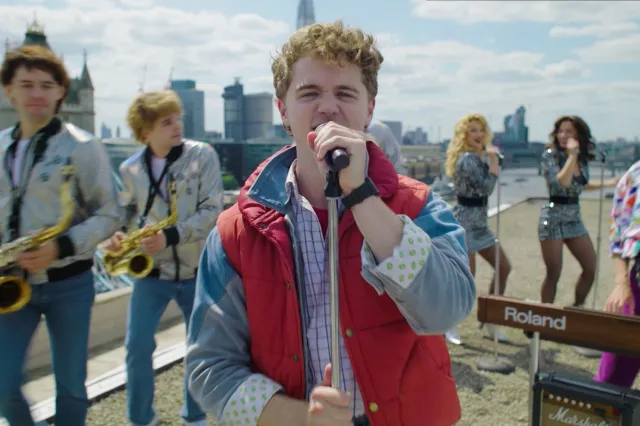Matt Trueman: How modern mimes have converted the cynics
Despite a continuing association with white face and berets, mime is cool again

"If a tree falls in the woods and nobody's around to hear it, and it hits a mime, does anybody care?" That's the incomparable Far Side cartoonist Gary Larson at his best. Time was, he'd have been totally right. Today, however, the best response is another question: "Which mime?"
January is mime time. Each year, the London International Mime Festival spans the capital, filling it with silence. It's a remarkable event: a complete mixed bag of circus and dance, puppetry and clowning, physical theatre and juggling, guaranteed to contain at least one belter of a show every year. The only challenge is finding it. Joseph Seelig, its co-founder, recently received an OBE – a marker of its cultural significance over almost 40 years.
The one thing not guaranteed, however, is mime. Proper mime. With invisible ropes, glass walls and that. White faces. Striped jumpers. Berets. "………………………………………….!!!" That sort of thing.
Good thing too, you might say. Mime's got an awful reputation. For a long time, it's been as unfashionable as any art form going, synonymous with pretentious performance art and anything that's just a bit shonky. It's regularly spoofed by comedies like The Simpsons and Family Guy. When the American TV personality Nick Cannon wanted to prank America's Got Talent, he went on as an angry, amateur mime. Of all the variety acts going, in other words, mime's the very worst.
However, mime's having itself a moment. The Edinburgh Comedy Award-winning clown – and professional mischief – Doctor Brown (Phil Burgers) has a retrospective at Soho Theatre, where the gangly New Zealander Trygve Wakenshaw has just completed a sell-out run.
You could call mime the ultimate hipster artform, right up there with beard-grooming and taxidermy. Think about it. It's about as analogue as performance gets. It's retro. It's naff – and that's a big part of its newfound appeal. When Burgers and Wakenshaw – charismatic young men both – mime, they do so knowingly. They embrace that naffness and toy with it. They subvert the innocence we associate with the artform by acting out awful, unspeakable acts. Wakenshaw extracts his own intestines and fries them up. Burgers plays out paddock porn: two cows going at it in graphic detail.
At the same time, though, there's something genuine at play: namely, playfulness. Mime needs us, the audience, to play along. It's a game and we have to, almost literally, fill in the blanks. We have to see the rope. Or the glass wall. Or the rutting bull. Without our complicity, a mime is just an odd bloke on a stage flapping about. That's what I really love about Burgers and Wakenshaw: they encourage us to play along and, in doing so, coax us out of our straight-jacketed cynicism. Because mime can't survive cynicism, but at the same time – and Burgers and Wakenshaw absolutely understand this – it can't survive without it.












